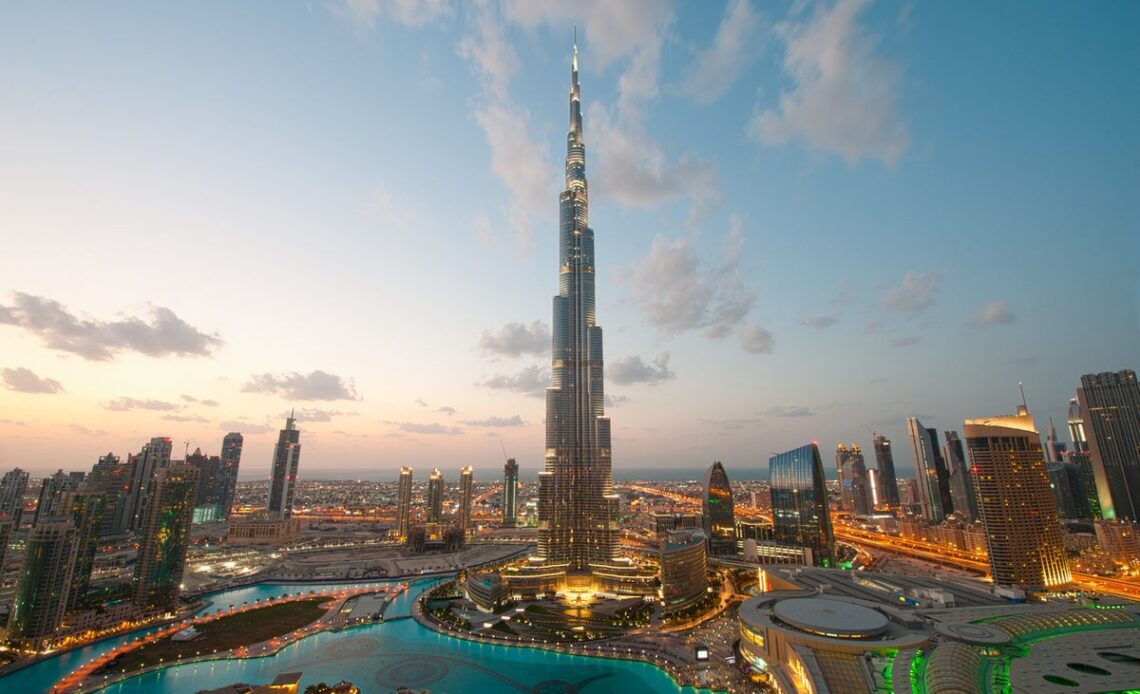Long gone are Dubai’s days as a fishing village in the Arabian Gulf: it’s now a futuristic city on the crossroads of continents. Dubai has steadily grown its reputation as a tourist destination since the United Arab Emirates was formally established in 1971, and now it’s one of the Middle East’s most-visited cities
From hosting the 2020 World Expo to the building of the $1.5bn Burj Khalifa, the city has seen a drastic transformation project that has turned it into the desert metropolis we know today.
As well as malls, desert trips and glamorous resorts, the city manages to lure tourists with the promise of warm weather, a lack of rain and almost guaranteed sunshine. However, as much as this desert climate can be a bonus, it could also ruin the holiday.
Temperatures at the height of summer can climb well above 40C, with sweltering weather even fairly common at the end of spring – average temperatures in June are around 33C, with average highs of 39C.
If you’re wondering when to visit to avoid the hottest periods and the crowds, here’s everything you need to know.
Read more on North Africa & Middle East travel:
Winter
The city’s marina decorated at Christmas
(Getty Images/iStockphoto)
When is it? October to March
Dubai’s winter is a far cry from that in much of Europe, with average daytime temperatures ranging from 19C to 25C during these months. October is a transition month, with very little rain and very high average temperatures, but from November the weather becomes more manageable (while remaining pleasant). On occasion, it may seem chilly in the evenings, as temperatures can float around 15C at night – but nothing an extra layer can’t solve.
These months see the most rain of the year, although the amount is negligible. For example, February sees the most precipitation with an average rainfall of 25mm; in comparison, London sees an average of 55mm on average even in the warmer month of August. Thunderstorms are uncommon in Dubai but happen around three or four days during this period.
Summer
Summer can bring sweltering temperatures
(Getty Images/iStockphoto)
When is it? April to the end of September
April and May are the transition months before summer, where temperatures can vary between 25C and 38C. Skies are clear, the sun shines for almost 12 hours and the days start to become longer, while temperatures…
Click Here to Read the Full Original Article at The Independent Travel…
